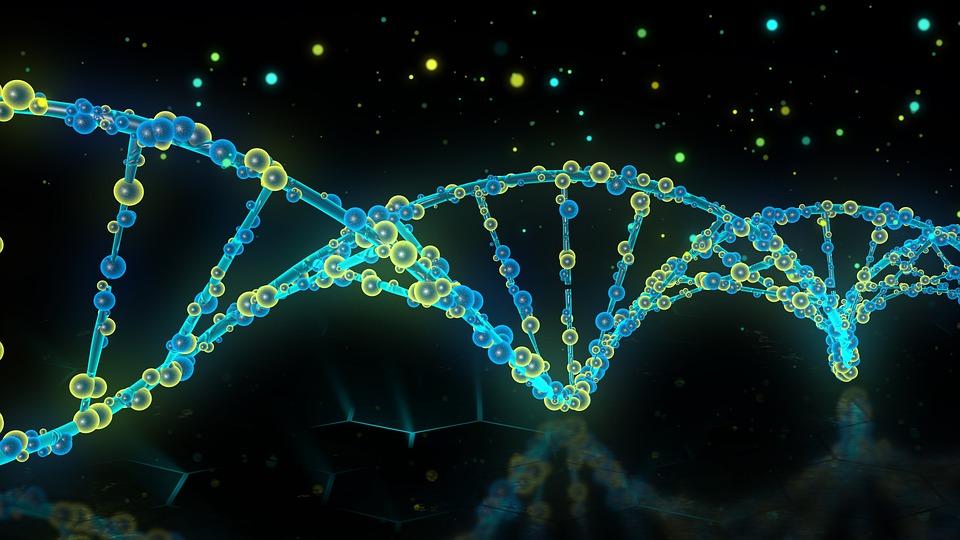
Practical Proteins (Part 4 of 4)
by Mollie Grove
In this lesson students will use everything they've done in parts 1-3 to analyze how mutations affect proteins. Students will build the mutated proteins that they sequenced in part 3. They will test or attempt to test each mutated protein to see if it can still perform its functions. As they test each mutated protein, they will describe how the mutation affected its ability to function. After testing the mutated proteins, students will use the modified codon chart to calculate the probabilities of how likely different mutations are to cause a protein to lose its ability to function.
Lesson Grade Level
8th GradeLesson Plan Link/URL
https://docs.google.com/presentation/d/1M0Hpu59icasq0V687NCBK9xiJq3oSQIK/edit?u…Subject Area
Science Life Science L3: Genetics & Heredity Technology 5. Computational Thinker Engineering S3: Apply Mathematics to Engineering S6: Apply Communications to Engineering Mathematics Statistics and Probability (SP) English Language Arts (ELA) Writing Speaking & Listening
Featured
Off
Related Content

Grades:
3rd Grade, 4th Grade, 5th Grade, 6th Grade, 7th Grade, 8th Grade, 9th Grade, 10th Grade, 11th Grade, 12th Grade
In this hands-on lesson, students use the engineering design process (EDP) to create a prototype of a device that can prevent squirrels from accessing a bird feeder. This is a great way to integrate

Grades:
6th Grade
In this unit, students will study the effects of acid rain and chemically engineer an environmentally friendly solution to neutralize the acid in a simulated river contaminated by factory run-off

Grades:
6th Grade, 7th Grade, 8th Grade
Model Building For Disaster is a 4-6 week unit in which students research natural disasters around the world and their effect on developing countries. Following their research, student teams design